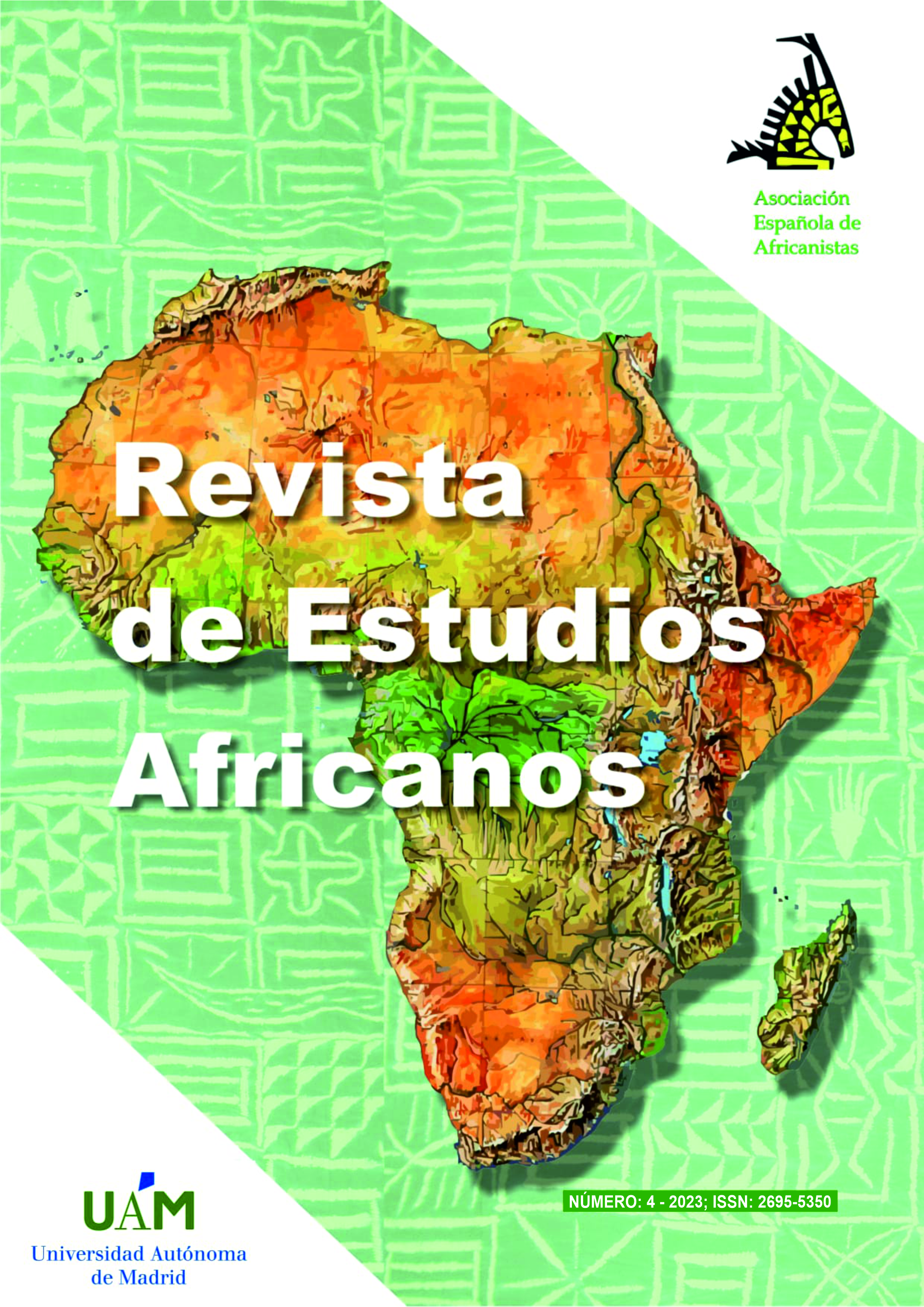La marcha sobre Washington por el empleo y la libertad de 1963, sesenta años después

Abstract
The 1963 March on Washington for Jobs and Freedom was a highlight of the modern civil rights movement in the United States. On its sixtieth anniversary, the article presents the context of racial segregation typical of Jim Crow in which it took place, the key figures in the organization of the March (who were A. Philip Randolph and Bayard Rustin), the development of the March and its ten formal objectives, the internal conflicts that the organizers had to face (among others, the original speech prepared by John Lewis), the content and significance of Lewis's intervention that August 28, the impact of Martin Luther King Jr.'s speech, especially the part (almost) improvised of the same before the Lincoln Memorial and who has given the title to his intervention as “I have a dream”, and the ups and downs in the evaluation of King and his speech in American society. For this last
point, the article recalls the great importance that graphic images had in the civil rights movement with some iconic moments, and the notable impact produced by the fact that the March on Washington was broadcast by the three television networks that existed at that time in the United States. The article ends by examining the legacy of the March and the passage of the three civil rights laws in the 1960s that formally ended the system of racial segregation, remembering how white supremacism responded to these advances with the so-called “war on drugs” launched by President Nixon in 1971, and pointing out the persistence of systemic racism that is manifested in all areas of the lives of African Americans and that shows that the fight for equality for blacks in the United States is far from over achieved the goals to which the participants in the March on Washington aspired sixty years ago.
Downloads
References
Alexander, M. (2012). The New Jim Crow. Mass Incarceration in the Age of Colorblindness, Nueva York, The New Press.
Baum, D. (2016). “Legalize It All”, Harper’s Magazine, Abril.
Bodroghkozy, A. (2012). Equal time: television and the civil rights movement, Urbana, University of Illinois Press.
Bordewich, F. M. (2006). Bound for Canaan. The epic story of the underground railroad, America's first civil rights movement, New York, Harper Collins.
Bryant, N. (2006). The Bystander. John F. Kennedy and the Struggle for Black Equality, New York, Basic Books.
Cachón, L. (2021a). No puedo respirar. Anatomía de la revuelta contra el racismo tras el linchamiento de George Floyd, Barcelona, Hacer editorial.
Cachón, L. (2021b). “Los contextos del linchamiento de George Floyd y los aceleradores de las protestas contra el racismo sistémico”, Inguruak. Revista Vasca de Sociología y Ciencia Política, 71, pp. 1-30.
Cachón, L. (2023). “The Souls of Black Folk y ‘el arte de la fuga’ de W. E. B. Du Bois”, Revista de Estudios Políticos, 202, Diciembre.
Davis, A. (ed.) (2017). Policing the Black Man. Arrest, Persecution, and Imprisonment, New York. Vintage.
Davis, D. (1972). Mr. Black labor: The Story of A. Philip Randolph, Father of the Civil Rights Movement, New York, Dutton & Co.
Du Bois, W. E. B. (1903) (2020). Las almas del pueblo negro, Madrid, Capitán Swing.
Eig, J. (2023). King. A Life, New York, Farrar, Straus and Giroux.
Ellsworth, S. (1982). Death in a Promised Land: The Tulsa Race Riot of 1921, Baton Rouge, Louisiana State University Press.
Euchner, Ch. (2010). Nobody Turn Me Around. A People’s History of the 1963 March on Washington, Boston, Beacon Press.
Equal Justice Initiative (2020). Lynching in America: Confronting the Legacy of Racial Terror, Montgomery, Alabama.
Feagin, J. (2006). Systemic Racism: A Theory of Oppression, New York, Routledge
Greenberg, D. (2023). “How John Lewis Saved the March on Washington”, The New York Times, 27 agosto.
Hansen, D. (2003). The Dream: Martin Luther King Jr. and the Speech that Inspired a Nation, New York, HarperCollins.
Haskins, J. (1997). Bayard Rustin: Behind the Scenes of the Civil Rights Movement, New York, Hyperion Books.
Jones, A. (2011). African American civil rights: early activism and the Niagara movement, Santa Barbara, Praeger.
Kempton, M. (1963). “The March on Washington”, The New Republic, 4 Septiembre.
King, M. L. Jr. (1986). I Have a Dream. Writings and Speeches That Changed the Word, New York, HarperOne.
Lewis, J. (1998). Walking with the wind: a memoir of the movement, New York, Simon & Schuster
Marable, M. (1991). Race, Reform, and Rebellion: The Second Reconstruction in Black America, 1945-1990, Jackson, University Press of Mississippi.
Massey, D. y N.A. Denton (1993). American Apartheid: Segregation and the Making of the Underclass, Cambridge, Harvard University Press,
Masur, K. (2021). Until Justice be done. America’s First Civil Rights Movement from the Revolution to Reconstruction, New York, W. W. Norton & Company.
Rustin, B. (1972). “Introduction”, en Daniel S. Davis, Mr. Black labor: The Story of A. Philip Randolph, Father of the Civil Rights Movement, New York, Dutton & Co.
Sullivan, P. (2009). Lift every voice: the NAACP and the making of the civil rights movement, New York, The New Press.
Williams, J. (1987). Eyes on the Prize: America’s Civil Rights Years, 1954-1965, New York, Penguin.
Woog, A. (2006). The Fight Renewed: The Civil Rights Movement, Detroit, Thomson Gale.
Younge, G. (2013). The Speech: The Story behind Dr. Martin Luther King Jr.'s Dream, Chicago, Haymarket Books.